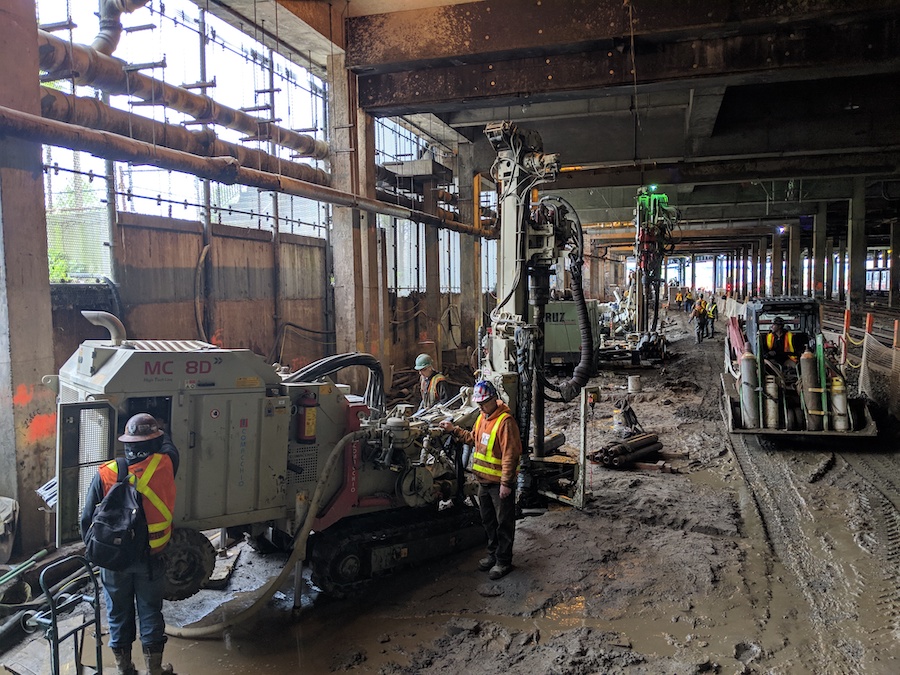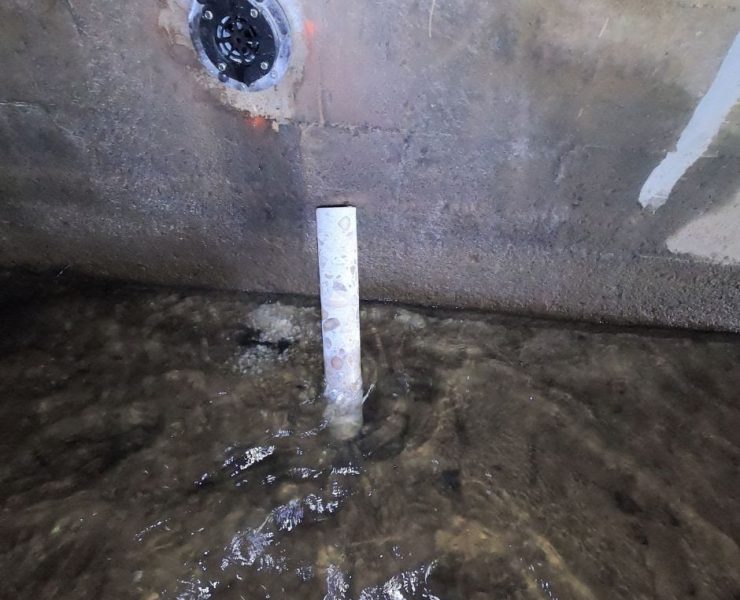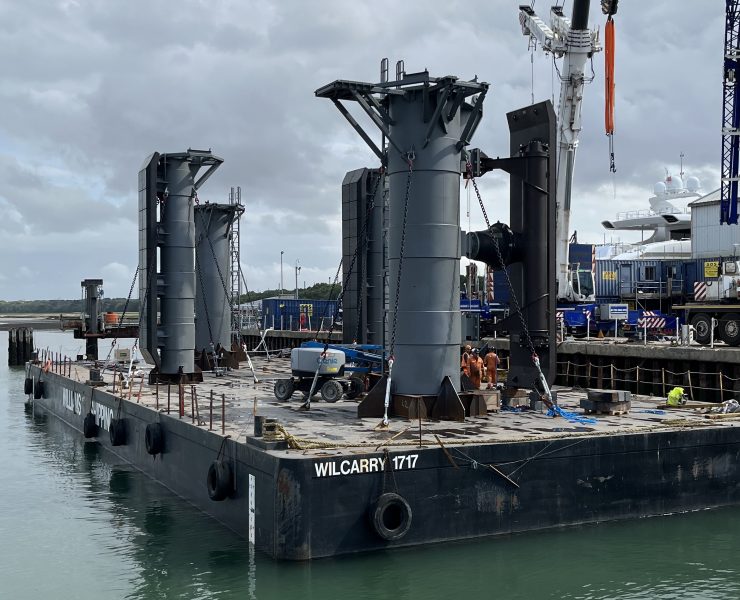3,000 Linear Feet of Wall at New York’s 148th Street Station


New York, New York
History
On October 28, 2012, Hurricane Sandy hit the east coast of the United States. For two days, gale-force wind and torrential rain pounded the eastern seaboard, causing destruction and loss of life in eight states, including 53 lives in New York. Superstorm Sandy, as the storm became known, was the largest storm to hit the country in four years. In 2016, it was determined that Hurricane Sandy was the worst storm to strike the New York City area since the 1700s. It caused over $70 billion in damage overall, and became one of the costliest storms to make landfall in United States’ history.
Problem
One of the areas hardest hit by Sandy was New York City. Governor Cuomo declared a statewide state of emergency in preparation of the storm’s landfall on October 26th, and by October 27th, all flights in and out of John F. Kennedy, LaGuardia, and Newark-Liberty airports had been cancelled. October 28th saw the Metropolitan Transit Authority (MTA) suspend all subway, bus, and commuter rail services and the entrances and gates to the subway system were boarded up and filled with sandbags in preparation. However, with storm surges of 13 feet and above, the rivers around Manhattan swelled and sent caustic floodwaters throughout the metropolitan area. Preparations for the storm did little good and seawater flooded rail yards and subway stations, causing an estimated $4.75 billion in damages according to the MTA.

Solution
Through the Superstorm Sandy Recovery and Resiliency Program, the MTA has collaborated with numerous agencies and contractors to make upgrades across their most vulnerable systems and locations. One such upgrade will be to give the 148th Street Station/Lenox Avenue Yard a complete safety facelift. Situated on the banks of the Harlem River, damage to this station and rail yard, which serves as the northern terminus to the 3 train and is the only station completely at grade, was extensive.
The MTA, acting through the New York City Transit Authority, worked with E.E. Cruz & Company, Inc. (E.E. Cruz), on this important infrastructure project. E.E. Cruz collaborated with Nucor Skyline because of their excellent customer service, in-house engineering department, and a new joint venture with Nucor Tubular Products to produce electric resistance welded (ERW) ASTM A252 Gr. 3 80 ksi flush-threaded pipe for use in micropiles.
The engineer of record, HDR Engineering of New York City, worked with the MTA and E.E. Cruz to design a steel drilled shaft supported floodwall. Initially, portions of the floodwall project were specified as 48” and 36” diameter caissons, however, after considering the conditions at the site, E. E. Cruz went with an alternative system using 9 5/8” diameter micropile casing with .545” wall thickness that showed a cost improvement for the project and worked well in the restricted overhead space. With the overhead restrictions at the site, ease of procurement of the pipe and threaded Grade 80 bar from Nucor Skyline, and the ability to thread the micropile together to reach the required depth of 15 feet to 40 feet, the micropile foundation was an excellent choice for the 148th Street Station.
 The geology of the site was typical of the area, with organic fill, clay, some sand, and a highly variable rock elevation. From rock at grade on the west side of the site to 120’ deep at the river, the ability to thread the micropile to length was important. Both bond soil sockets and rock sockets were utilized in setting the pipe.
The geology of the site was typical of the area, with organic fill, clay, some sand, and a highly variable rock elevation. From rock at grade on the west side of the site to 120’ deep at the river, the ability to thread the micropile to length was important. Both bond soil sockets and rock sockets were utilized in setting the pipe.
Once complete, the flood mitigation project for the 148th Street Station and Lenox Avenue railyard will include 3,000 linear feet of wall, ranging from 12 feet to 25 feet high, and will include flexible flood barrier gates. The floodwalls are designed to protect the subway system from future flooding from the Harlem River.
Project Partners
Owner
Metropolitan Transit Authority (MTA), New York, NY and New York City Transit Authority (NYCTA) – New York, NY
General Contractor
E.E. Cruz & Company, Inc., – New York, NY
Engineer
HDR Engineering – New York, NY
Product
Micropiles: 9 5/8” x 0.545” prime domestic 80 ksi (600 tons)
Threaded Bar: #9 Grade 75 epoxy coated bar (30,000 linear feet)
Project Timeline
January 2019 through October 2021

















